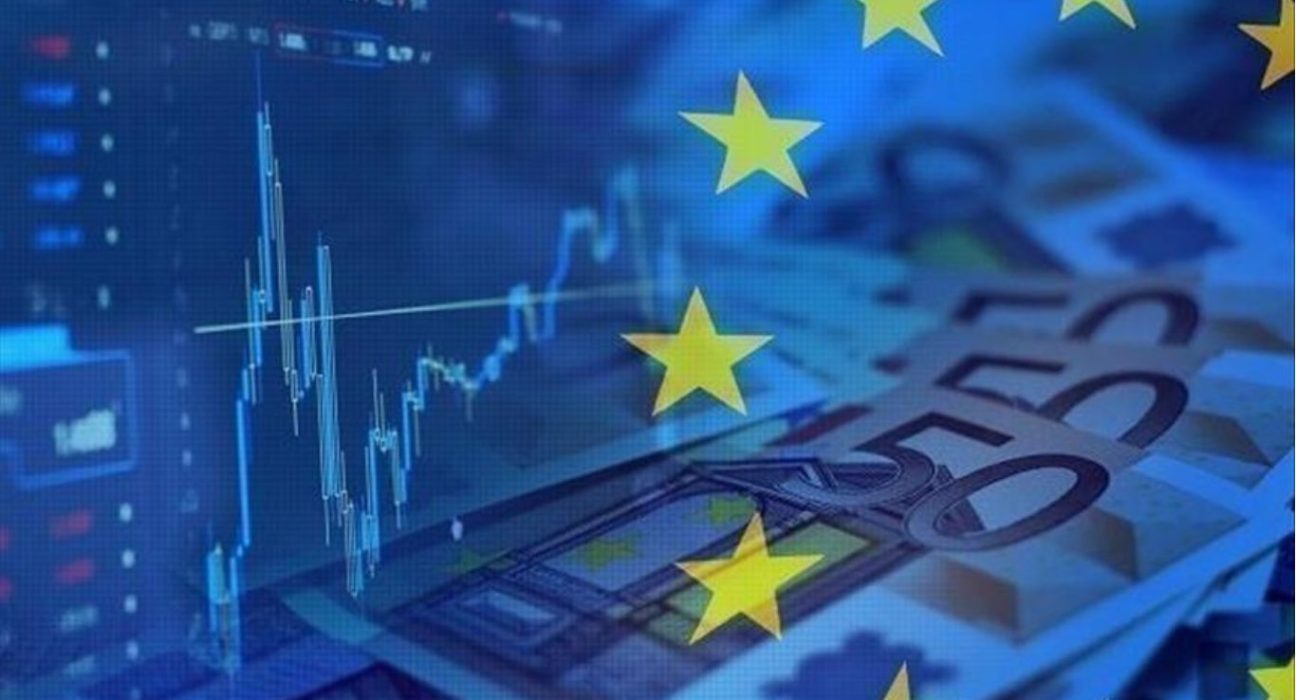Introduction
This article provides a strategic outlook for the EUR/USD exchange rate, focusing on the potential impact of energy prices and fundamental factors. Economists maintain the case for a lower EUR/USD based on considerations of relative terms of trade, real rates (growth prospects), and relative unit labor costs. Additionally, the implications of sticky core inflation and any potential resurgence in energy prices on the EUR are examined. The article concludes with a forecasted EUR/USD exchange rate for different time frames.
The Impact of Energy Prices on EUR/USD
One crucial factor influencing the EUR/USD exchange rate is the resurgence of energy prices. Historically, a rise in energy prices has been a headwind for the EUR. As energy prices increase, the European economy, which is heavily reliant on energy imports, faces higher costs and reduced competitiveness. This dynamic can weigh on the EUR and potentially lead to a depreciation against the USD.
Fundamentals and their Dominance over Rate Differentials
While US and Euro-area rate differentials may narrow in the future, economists argue that fundamental factors will dominate the EUR/USD exchange rate dynamics. Factors such as relative terms of trade, real rates (linked to growth prospects), and relative unit labor costs play significant roles in shaping the currency pair.
Relative Terms of Trade: The terms of trade between two economies reflect the ratio of export prices to import prices. A favorable terms of trade position implies that a country’s exports are more valuable relative to its imports. In the case of the EUR/USD, a deterioration in the Euro-area’s terms of trade compared to the United States can put downward pressure on the EUR.
Real Rates and Growth Prospects: Real rates, which take inflation into account, are an essential indicator of an economy’s growth prospects. If the United States exhibits higher real rates or stronger growth prospects compared to the Euro-area, investors may prefer to allocate their capital in USD-denominated assets, leading to EUR depreciation against the USD.
Relative Unit Labor Costs: Unit labor costs measure the cost of labor required to produce one unit of output. If the Euro-area experiences higher unit labor costs compared to the United States, it can negatively impact competitiveness and ultimately lead to a weaker EUR.
The Influence of Sticky Core Inflation
Sticky core inflation, characterized by persistently high inflation in essential goods and services, is a concern on a global scale. As long as sticky core inflation remains a worry, economists expect the EUR/USD to remain soft. This is because high inflation erodes purchasing power and can discourage foreign investors from holding EUR-denominated assets.
Exchange Rate Forecast
Based on the aforementioned analysis, economists provide a forecast for the EUR/USD exchange rate:
1-Month Forecast: 1.08
3-Month Forecast: 1.07
6-Month Forecast: 1.06
12-Month Forecast: 1.03
These projections indicate a gradual weakening of the EUR against the USD over the specified time frames, reflecting the anticipated impact of energy prices, fundamentals, and sticky core inflation on the exchange rate dynamics.
Conclusion
The strategic outlook for the EUR/USD exchange rate suggests potential headwinds arising from a resurgence in energy prices and fundamental factors. The EUR may face challenges due to relative terms of trade, real rates, and unit labor costs. Additionally, sticky core inflation remains a concern globally, contributing to a soft EUR/USD. It is crucial to monitor these factors as they shape the future trajectory of the exchange rate. The forecasted EUR/USD exchange rate further reinforces the anticipated depreciation of the EUR against the USD in the near and medium terms.










